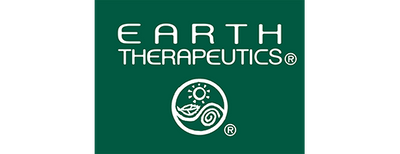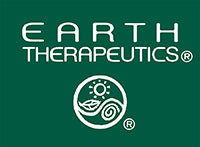In the 50s and 60s, yellow kitchens dominated. The bright and cheery hue was thought to bring a little sunshine into what would ordinarily be a dreary room parked at the back of the house. Coincidentally, families started noticing that more disagreements tended to happen in the kitchen.
Makes sense: housewives spent an inordinate amount of time in the kitchen and so naturally conversations with husbands and kids would happen there. Those conversations might become impassioned. What does this have to do with our sunny yellow walls?
If you’ve ever walked inside an old school McDonald’s, then you already know. Glossy slicks of bright yellow and red create a high energy vibe meant to stimulate your appetite but to deter lingering over your McFlurry. It’s no accident. In fact, companies spend big bucks on branding to ensure that the right color evokes the right vibe. This is the concept behind color psychology.
Color therapy goes one step further – colors impact mood, stimulate your senses, and subconsciously affect attitude and behavior. Our sunny yellow, for example, can evoke feelings of happiness and joy. Utilized with a heavy hand, yellow intensifies emotions, aggressively so. Think yellow caution signs.
Color therapy, also known as chromatherapy, is rooted in ancient Egyptian therapeutic practices. Back then, they used colored glass in sunny rooms to help heal body and mind. Today, color therapy is largely considered a bit of unsubstantiated pseudoscience. But there is no denying that color can influence mood, creating environments which are more conducive to releasing stress, shedding anxiety, and healing in general.
To start benefiting from color therapy, you don’t need to head out to the local Sherwin-Williams. Swap in a rose-tinted light-bulb in your bathroom for an instant mood glow-up or grab a pair of green-tinted sunglasses to help reduce the severity of migraines.
Blue
calm · communication · peace

-
Good for: treating depression. As a first line of defense, blue light therapy is used to treat seasonal affective disorder (SAD), mimicking the wavelengths of natural sunlight. Blue light can also help get our circadian rhythms back on track, especially useful for combating jet lag or seasonal lethargy.
-
Try it: Grab a SAD lamp for your desk, bedside, or counter and use for 10-30 minutes a day or as directed by your medical professional. Avoid using it at night so you don’t mess with your sleep cycle.
Orange
creativity · productivity · vitality

-
Good for: treating ennui. Seriously. If you’re feeling stuck in a rut and eager to elicit interest in anything, give orange a go. Orange is also thought to stimulate the respiratory system and digestion.
-
Try it: Don an orange tie or incorporate a statement piece in your home decor. Orange is thought to be a “social” color, so bringing it into your life will welcome new conversations, ideas, and good energy.
Red
confidence · energy · passion

-
Good for: stimulating excitement. No surprise here! The cherry red sports car and the little red dress are ubiquitous with free spirits. Helps to revive lagging energy, inspire confidence, and stimulate the appetite.
-
Try it: A red tablecloth can help imbue a dinner party with a hearty appetite and spirited conversation. Use sparingly as red can also provoke quick tempers and short fuses.
Yellow
joy · mental stimulation · energy

-
Good for: putting pep in your step. Yellow can amplify excitement and energy and create a summery vibe, perfect for long winter nights. It’s a joyful color, associated with sunflowers and the sun itself.
-
Try it: Best used sparingly or muted, add yellow pops of color thorough out your home. A bouquet of spring daffodils or a bright yellow throw.
Pink
relaxation · calmness · affection

-
Good for: finding peace. Pink roses traditionally mean love, but also compassion, empathy and kindness. Pink reduces aggression — visiting football team’s locker rooms and holding cells are painted pink because of the color’s sedative effects.
-
Try it: Swap out your bathroom or bedside lamp’s bulb with a rose-colored one to relax and unwind.
Green
harmony · healing · balance

-
Good for: healing. Green creates a sense of balance and harmony. It’s calming and the most relaxing color for the human eye. Green can help with symptoms of depression and anxiety.
-
Try it: Surrounding yourself with houseplants and a walk through a park has an immediate ameliorating effect anytime stress feels a bit much.

